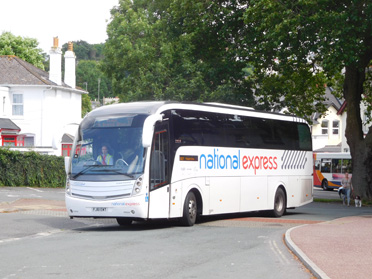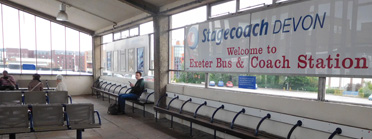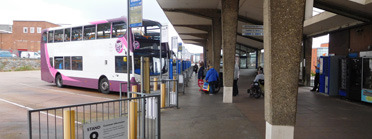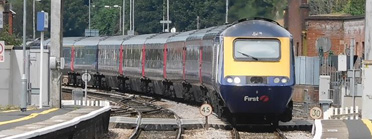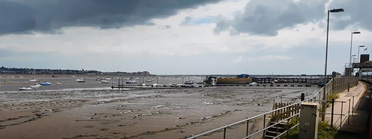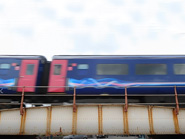| xxxxxxxxxxxxxxxxxx |
Torquay to Exeter
Sunday dawned even brighter and sunnier that Saturday. Armed with
a more positive weather forecast we drove from our hotel to Torquay Coach
Station. The coach station is rather inconveniently located miles from
anywhere in Torquay Ė passengers with luggage would have had a hike to their
hotels in the old days. For us though we were travelling light Ė a
bottle of water, a pullover and an essential umbrella. The first National
Express vehicle to appear was the 501 service from Paignton to London. I
assumed this would be the service to take us to Exeter, our first destination of
the day. However the driver pointed to my ticket where in very small
writing it stated ď337Ē was our route. The Parksí 6-wheeler Plaxton
left and soon after the 337, a standard Caetano Levante bodied Scania of
Silverdale from Nottingham arrived (above middle). This service runs from Paignton to Rugby via
Bristol and Birmingham and is due to be taken over by Edwards of South Wales
according to the driver. We were first in the queue so we sat in the
front two nearside seats. The driver checked his boarding chart and
told us they were reserved from Taunton (these seats are for disabled or
wheelchair users), however we told him we were only going as far as Exeter.
There were five passengers on board as we headed off up the coast through
Teignmouth (no pickups Ė not even obvious where the stop was) and Dawlish (two
pickups) arriving in Exeter about an hour later. We had driven
through a couple of sharp showers and Exeter was still looking a bit gloomy.
The bus depot has been demolished but the bus station stubbornly remains open
(itís had more farewells than Frank Sinatra). The waiting room is a
particularly unpleasant place full of pigeon droppings (right upper) but the rest of the
building retains a strange appeal Ė maybe itís the 1960ís concrete (right
lower).
Sunday services, as in every rural area, are thin on the ground so we didnít
wait long. |
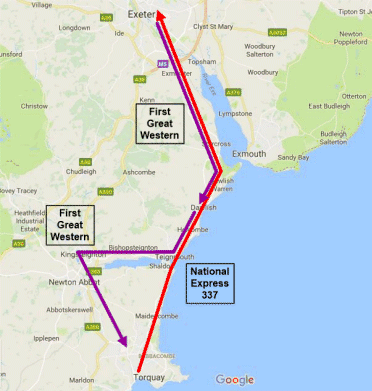 |

